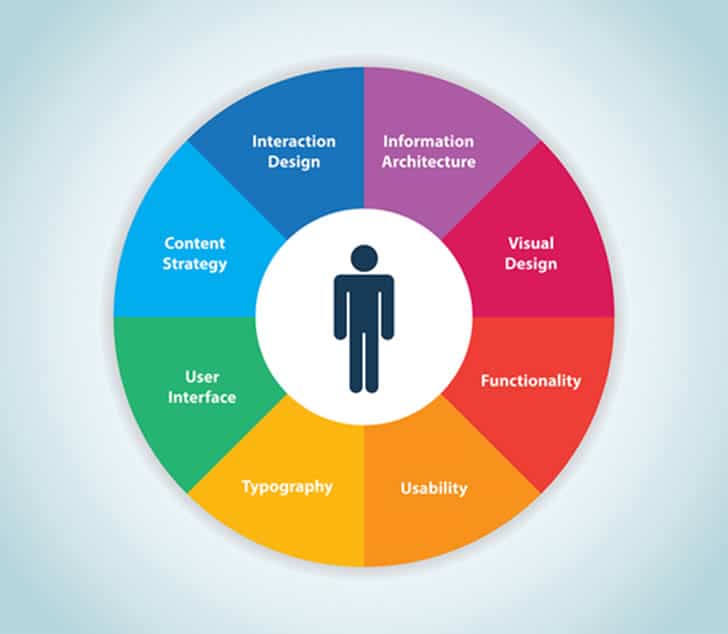The Benefits of Responsive Design
The Benefits of Responsive Design-
Responsive design is an approach to building websites that aims to provide a consistent and optimal user experience across a variety of devices and screen sizes. This approach has become increasingly popular in recent years, and for good reason. In this article, we'll explore the benefits of responsive design and why it is essential for modern web development.
Improved User Experience
One of the most significant benefits of responsive design is that it ensures a seamless user experience across all devices. With a responsive website, visitors can enjoy an optimized browsing experience regardless of the device they are using. Whether they are accessing your website on a desktop computer, tablet, or smartphone, your website will automatically adjust to fit the screen size and resolution, making it easier for users to navigate and consume content.

Higher Search Engine Rankings
In today's digital age, having a mobile-friendly website is critical for search engine optimization (SEO). Responsive design is Google's recommended design pattern, and it's easy to see why. Responsive websites provide a better user experience, resulting in lower bounce rates and longer session durations. Google rewards websites that provide a positive user experience by giving them a higher ranking in search results.
Cost-Effective
Building a responsive website may require more initial investment compared to building a non-responsive website. However, over time, a responsive website can be more cost-effective as there is only one website to maintain, and no need to create and maintain separate mobile versions of your website.
Future-Proof
With the rapid pace of technological advancement, it's important to future-proof your website. By building a responsive website, you can be confident that your website will work well on all future devices, regardless of their size or resolution. This means that your website will be able to adapt to new devices and technologies as they emerge, ensuring that it remains relevant and useful to your visitors.
In conclusion, responsive design is essential for modern web development. It provides a seamless user experience, higher search engine rankings, lower bounce rates, easier maintenance, increased conversion rates, cost-effectiveness, and future-proofing. By investing in responsive design, you can ensure that your website will remain relevant and useful for years to come, regardless of the devices and technologies that emerge in the future.
Lower Bounce Rates
Bounce rate is the percentage of visitors who leave your website after viewing only one page. A high bounce rate can negatively impact your website's SEO and conversion rates. With responsive design, your website is optimized for all devices, making it more likely that users will stay on your website for longer periods, leading to a lower bounce rate.
Comments
Post a Comment